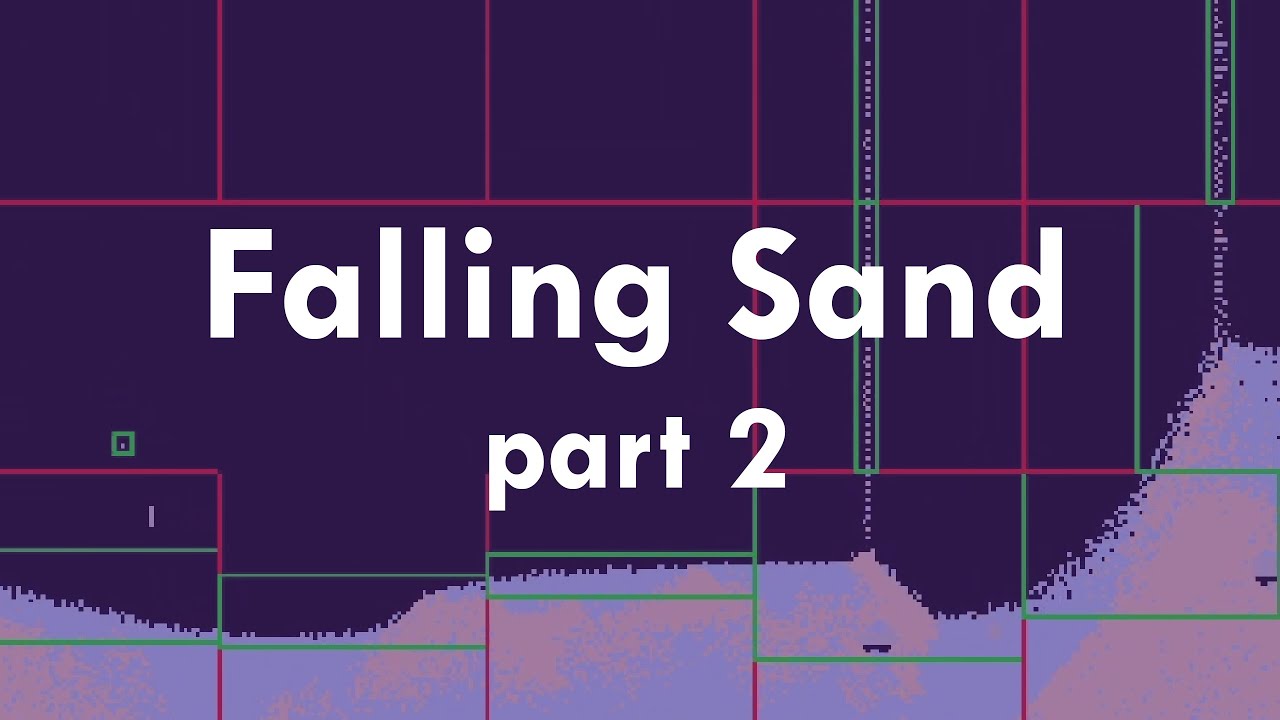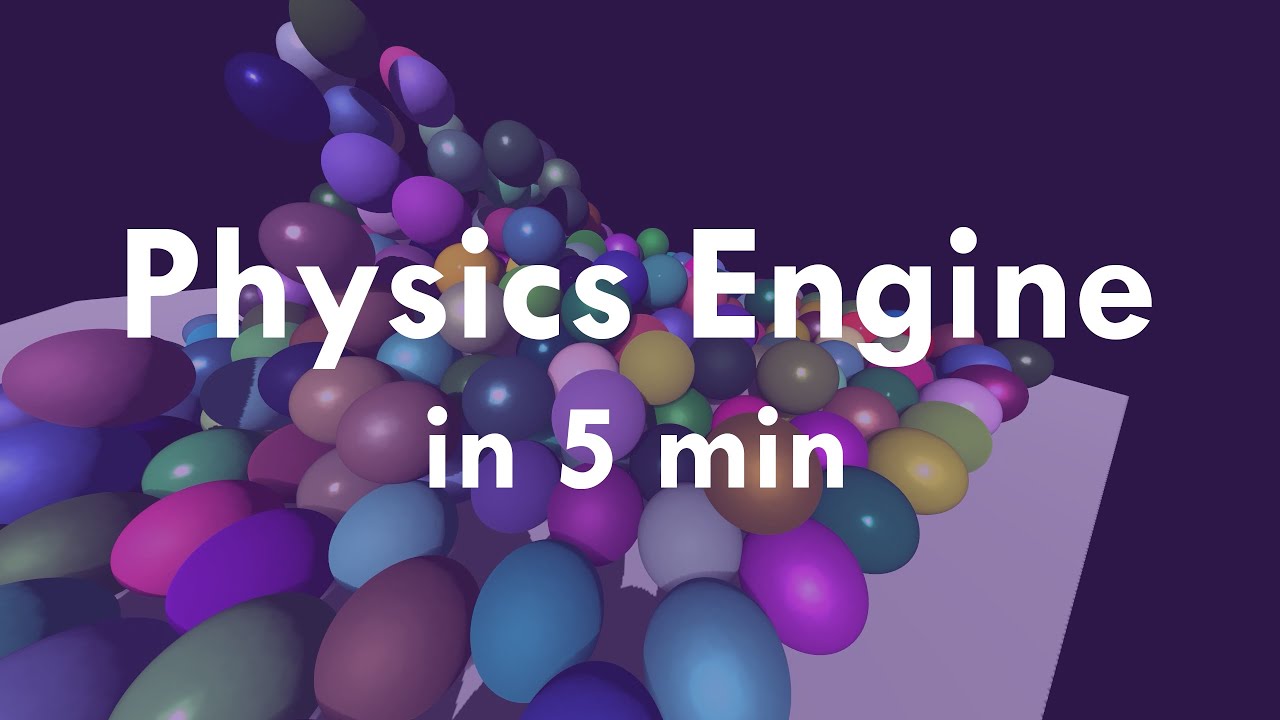Winter
Articles

Making an infinite world with Falling Sand part 2
March 27, 2021

Making games with Falling Sand part 1
December 30, 2020

EPA: Collision response algorithm for 2D/3D
November 17, 2020

GJK: Collision detection algorithm in 2D/3D
August 29, 2020

Designing a physics engine
July 31, 2020
Another way of programming, taking it slow
July 6, 2020